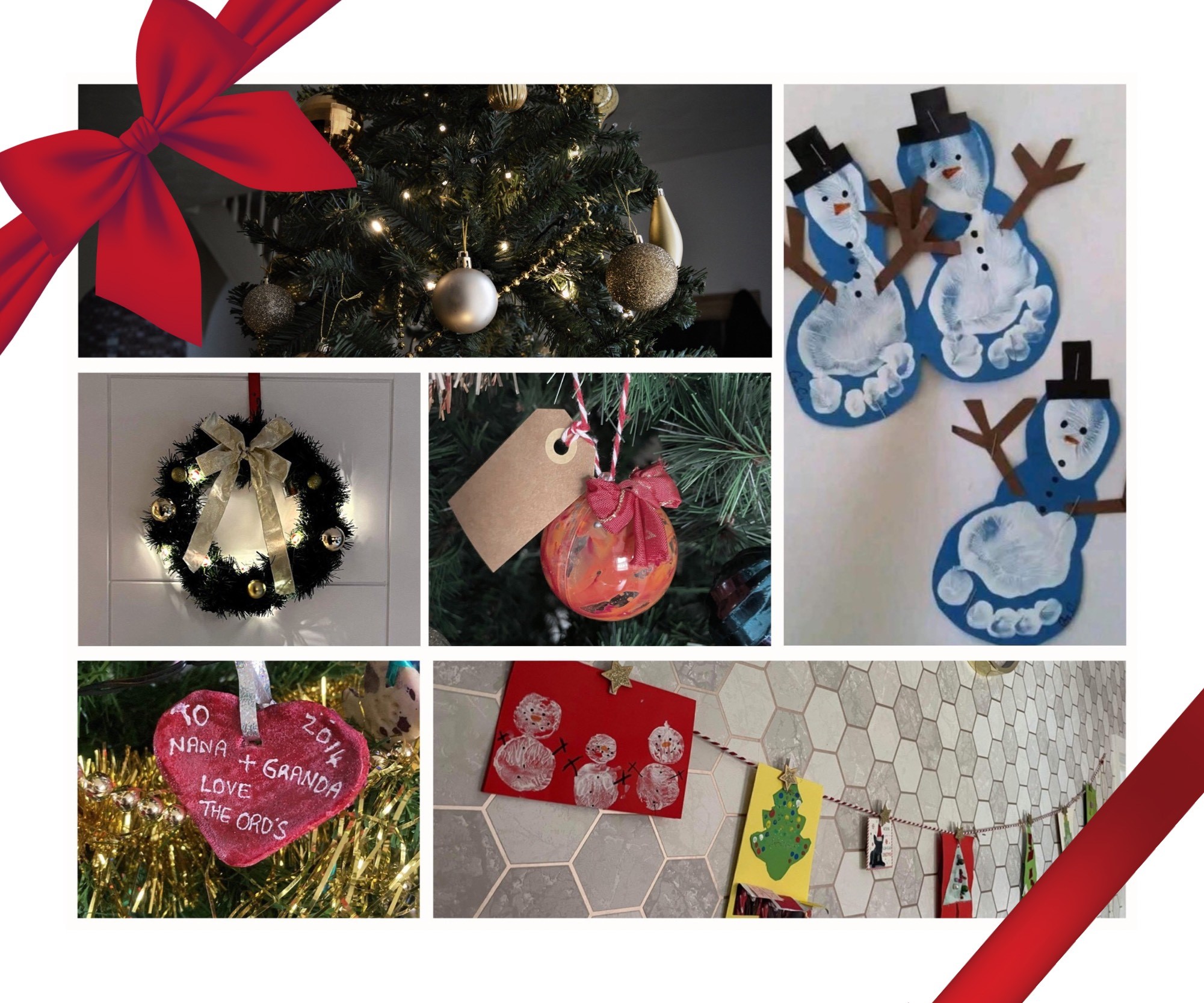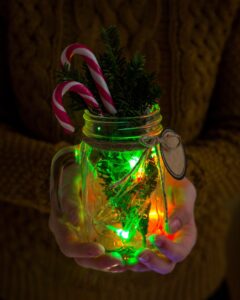
Christmas trees, decorations, and pretty lights are normally staple statements for many through the festive time, but they are not always budget or environmentally friendly
With the festive period fast approaching some will be making a start on decorating and preparing for the festivities, whether it’s buying decorations or presents. As Christmas is already a very expensive time of the year, and with the current energy and financial crisis affecting many, it’s an opportunity to get creative and savvy on how you prepare.
Over the next few weeks, we will be covering a range of subjects with some tips and information around having a green Christmas. This includes helping save money and reduce waste, all while being environmentally friendly and keeping your carbon footprint low.
Christmas tree
A staple for a lot of homes is a Christmas tree, whether it’s a real tree that has been cut, one that is in a planting pot or a fake tree. There is so much choice these days, but which one works best for you?
Buying a fake Christmas tree can make your carbon footprint up to 4 times more than if you buy a real tree. However, the key word is “can”. Getting your money’s worth really relies on getting the maximum use out of your Christmas tree, and it is possible for a fake tree to cost less in carbon emissions and price. Of course, the bigger the tree is, the higher the possibility it has a bigger impact due to the process and materials used to make it. However, if you reuse a fake tree for five or more years it could reduce your carbon footprint significantly and save you money. Now we aren’t saying buying a fake one is the way forward, but it is an option.
If you do decide to buy a real tree, try and shop local, this not only reduces your carbon emissions, but it also helps local businesses stay open. You could possibly go for one that is planted in a pot and then move it outdoors to be planted in the grounds of your garden once old enough. Also, don’t forget to recycle your tree once the festive time is over and it’s time for it to go.
Christmas lights
Another staple that takes over many homes, are the Christmas lights which are the star of the show on our Christmas trees. However, with so many choices to make – which ones should you choose?
LED lights are the way to go; they use around 75 per cent less energy than regular lights, which means they cost significantly less to run, and reduce your carbon footprint. Also, these produce brighter colours, can last a lot longer than traditional fairy lights and are the best investment when it comes to choosing your lighting. 500 tonnes of Christmas lights are being thrown away per year, so it is important to make the right decision to reduce waste.
With the current crisis LED bulbs can also help you save money and be bought to reduce your carbon footprint in the rest of your home. It’s a good idea to consider making the switch to LEDs if you are able to as they can be so much more beneficial in your everyday life.
Lesswaste have great resources about lighting and many other waste-reducing advice.
Decorations
Whether it’s for your home, or Christmas tree or even gifting to someone, decorations always provide that extra touch during the festivities.
They don’t have to cost a fortune or anything at all and it’s always something good to give a go at. If you have some free time and would like to create your decorations, there are lots of ideas to use or reuse items that you may already have in your home or gather from walks or trips you have outdoors. You can check out the Natural Living Ideas website to get some creative ideas that may work for you.
Making decorations can be fun, relaxing and is an activity that can be done while alone for enjoyment, or getting together with a community group, family, or friends. It’s something that you can possibly have every year creating a tradition while saving you money but also giving you long lasting memories and keepsake items.






